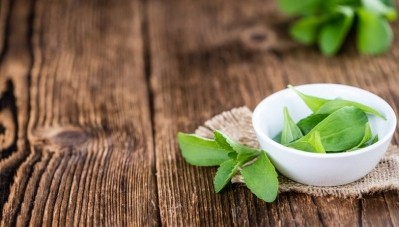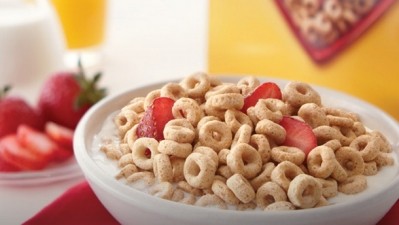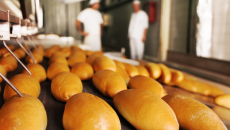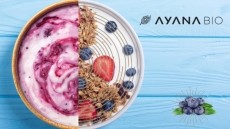Juice joy: Coca-Cola files patent on ‘unexpected’ acerola find
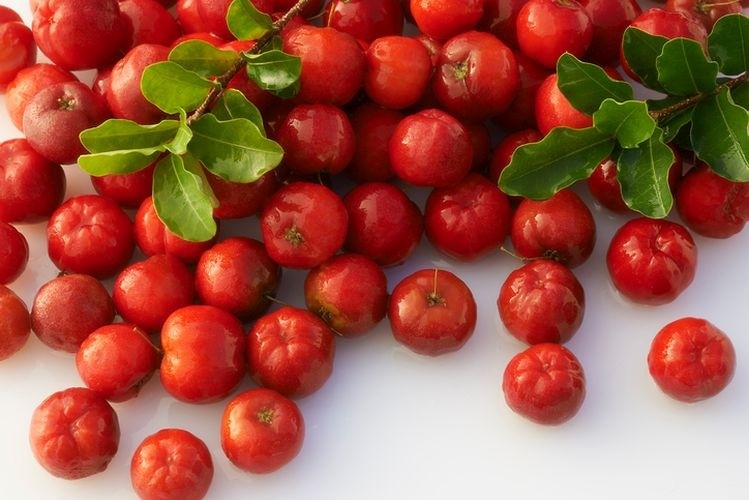
In a worldwide patent filing, Coca-Cola said its discovery would help tackle one of “the most pressing problems" in the juice industry.
“Enzymatic browning usually results in negative effects on color, taste, flavor, and nutritional value. This reaction is largely a consequence of the phenolic compounds’ oxidation by polyphenol oxidase (PPO), which triggers the generation of dark pigments, thus creating change in the color of the food – for example, browning.
“…It has now been unexpectedly discovered that by employing acerola as an anti-browning agent within a juice product, a reduction in enzymatic browning can be achieved.”
Juice intact – color, taste, nutrition
The company said enzymatic browning remained an issue for industry because methods currently used had a number of downfalls.
Heat treatment with hot water, steam or air, for example, resulted in an “undesirable loss of flavor and nutrients”, whilst incorporation of chemical anti-browning agents such as ascorbic acid, sorbic acid, benzoic acid and styrene failed to align with consumer desires for ‘natural’ or ‘all-natural’ beverages.
There was, therefore, a “continuing need” to find natural anti-browning agents without added flavors or colors, it said.
Coca-Cola said acerola provided just that – maintaining the aesthetics and nutritional values of fruit and veg during processing and storage as juice.
Acerola-treated versus ascorbic acid-treated juice showed comparable total color difference following 26-weeks storage when tested in ambient (70-80°F) conditions, for example.
The acerola-treated juice samples had up to about 32% reduction in enzymatic browning, compared to the untreated samples and 16% more impact than ascorbic acid, at a 1% inclusion rate.
“These results indicate that 0.5% acerola puree is comparably effective as an anti-browning agent to 25ppm ascorbic acid, and that 1% acerola puree is even more effective at reducing enzymatic browning than 25ppm ascorbic acid,” Coca-Cola wrote.
Acerola was also found to be more effective than lemon puree, despite having the same pH-reducing capabilities.
“Without being bound by theory, it is believed that acerola inhibits the production of quinones, which would darken the juice,” the company said.
Puree, powder or liquid…
Coca-Cola said acerola could be incorporated into “numerous different specific formulations” of fruit and vegetable juices, including pressed, blended and those mixed with purified water. It could also be used alongside additional ingredients, such as sweeteners, electrolytes, vitamins, pulp, essential oils and cloud components.
The natural anti-browning agent was best used at a concentration of between 0.5 - 5wt.% of the final juice product and could be used in puree, powder or liquid form.
Acerola puree was made using the edible portion of pressed, mature fruits freshly harvested or fresh frozen. Pulp content was highly concentrated, the company said, ranging anywhere between 25 wt.% to 95 wt.% of the total weight of the final puree. Liquid or powder form could be achieved using expressed or extracted aqueous liquid from cooked or uncooked acerola cherries.
Source: WIPO Publication No. WO2017192967
Published: November 9, 2017. Filed: May 5, 2017.
Title: “Juice products and methods for reduced enzymatic browning”
Authors: The Coca-Cola Company – TK. Mattingly and M. Perez
